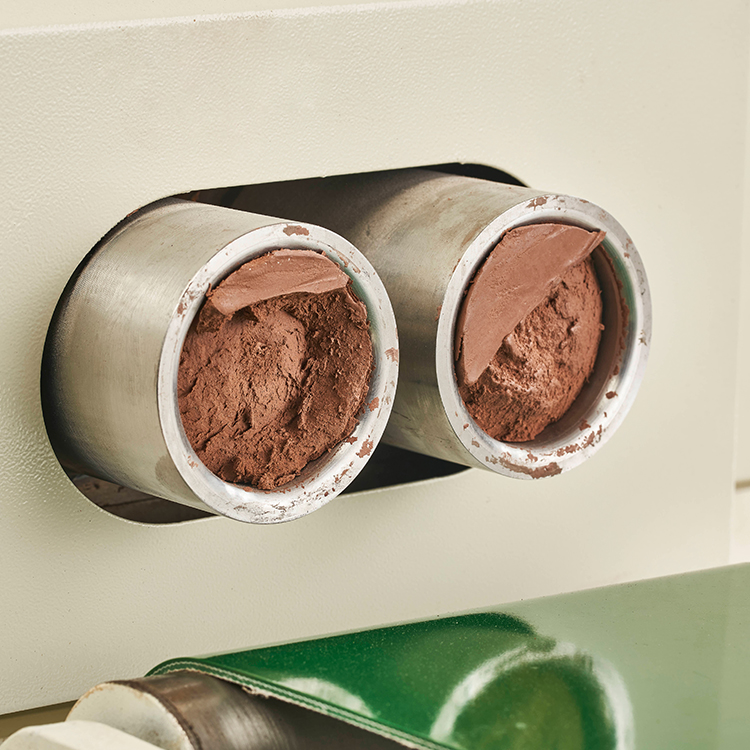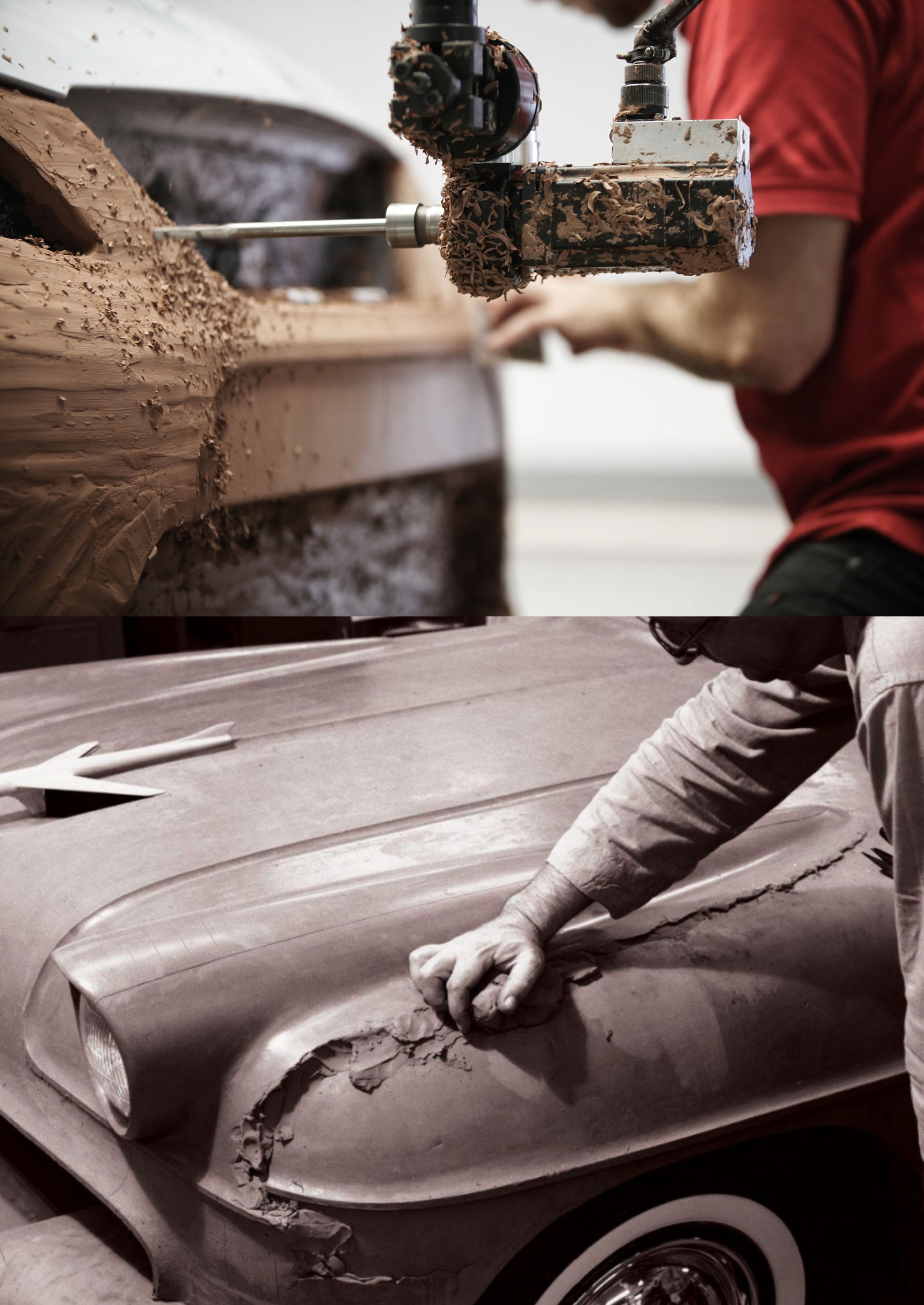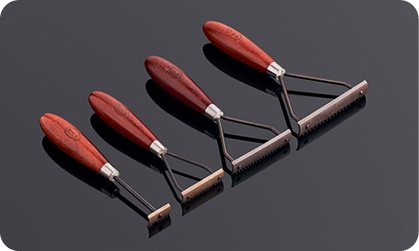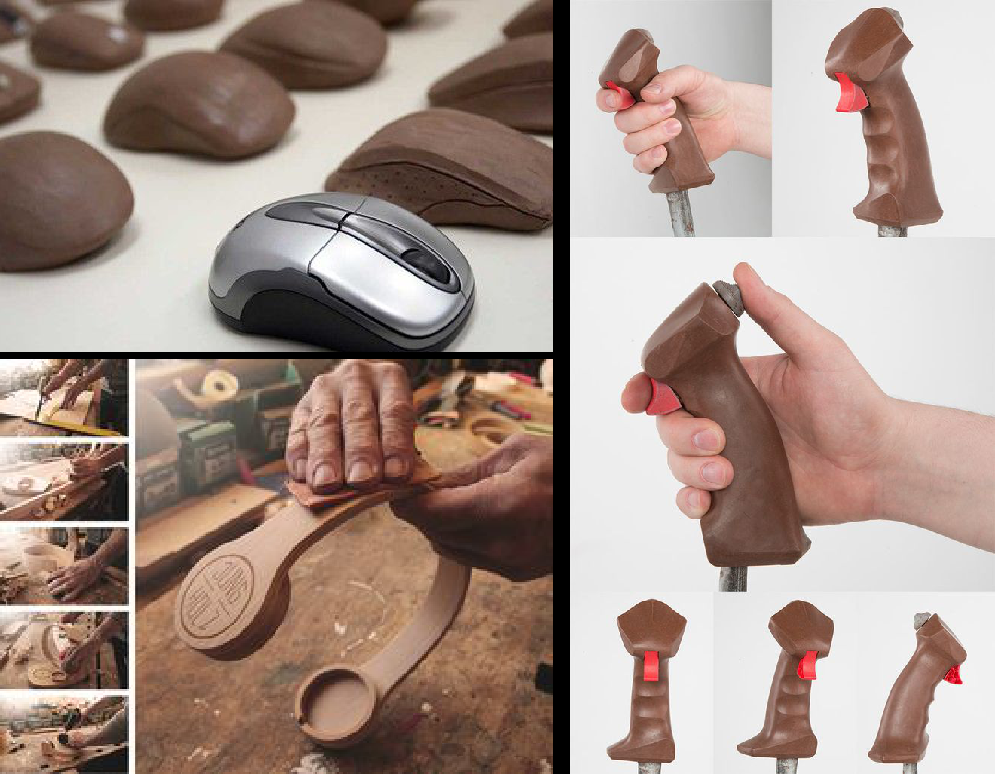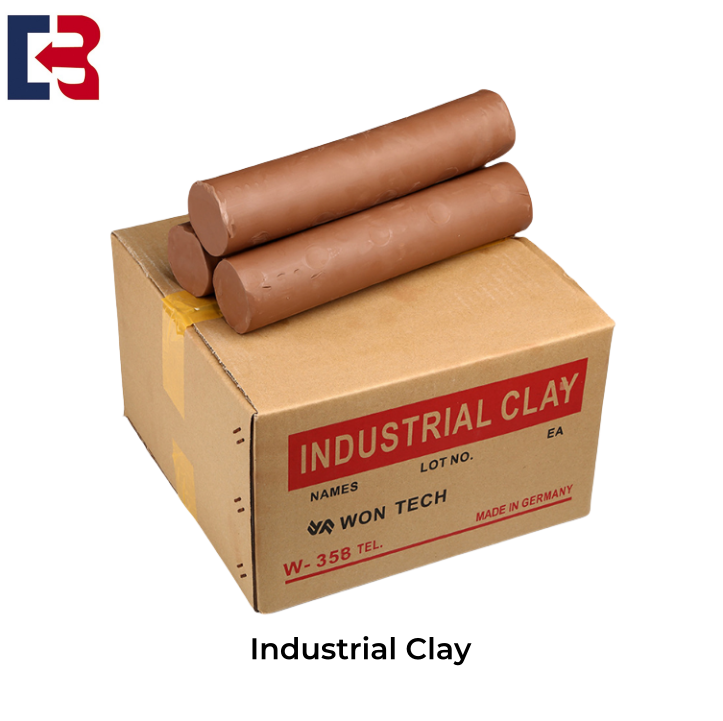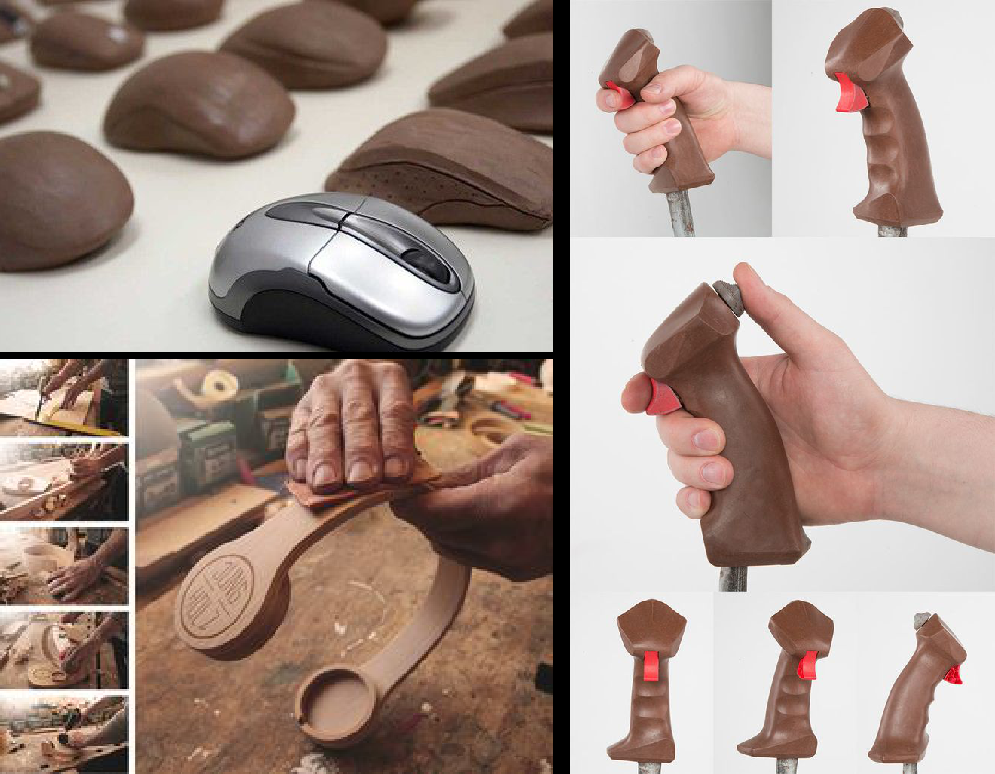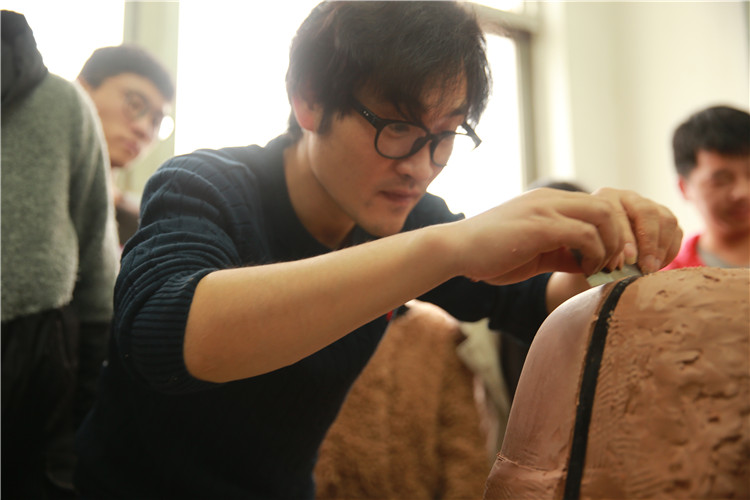
 Apr 01,2024
Apr 01,2024
 BOMI SHANGHAI
BOMI SHANGHAI
 870
870
Today, with the increasing maturity of digital modeling and high-speed CNC machining technologies, many people believe that traditional materials such as industrial sludge have gradually been marginalized. Indeed, medium-density PU, epoxy resin and tool boards can now be precisely machined directly from CAD models through CNC equipment, bringing unprecedented efficiency to the design process.
However, design is not a linear process, and creativity rarely takes shape at one time.
Unlike "subtractive" materials such as foam or resin boards, clay possesses the dual characteristics of "addition" and "subtraction". It allows designers to flexibly add and modify transition layers on the model, repeatedly adjust the contours and lines without having to start over from scratch. In most high-end modeling centers, full-scale clay models often present different design schemes for the A side and the B side, facilitating the team to make intuitive comparisons on the same platform and determine the final direction.
The body surfaces of many high-performance car models and racing cars are very complex, with a large number of subtle transition areas. At this point, the plasticity and responsiveness of clay become indispensable modeling tools.
More importantly, the clay model is the most direct way to check the highlight performance of the curved surface. By attaching metal films, aluminum foil or even plastic films, designers can observe the flow of light on the surface with the naked eye and make fine adjustments quickly. This kind of immediate feedback is still difficult to be completely replaced by CNC and digital rendering.
Foam materials still have their positioning value and are mostly used for initial scale verification and volume research. However, during the shaping refinement and final review stages, oil clay remains one of the most operationally flexible materials.
In the context of automotive design, "plasticity" not only refers to physical properties but also symbolizes the possibility of creativity. What the oil mud carries is not only the form, but also the designer's persistent exploration of perfect curved surfaces.
